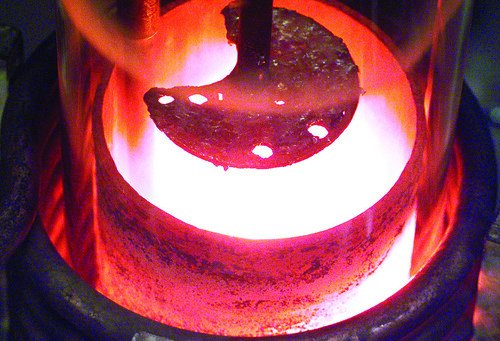
Nuclear Security & Deterrence Monitor Vol. 27 No. 02
Visit Archives | Return to Issue PDF
Visit Archives | Return to Issue PDF
Nuclear Security & Deterrence Monitor
Article 1 of 8
January 12, 2023
NNSA has no reliable schedule, cost estimates for pits, GAO says

The National Nuclear Security Administration planned to have a detailed cost and schedule estimate for producing new nuclear weapon cores for the first time since the Cold War by Sept. 30, 2025, according to a Government Accountability Office report released Thursday.
That’s…
Partner Content
Jobs